Terms
See page dedicated to Arches and Vaults.
Terms
See page dedicated to Arches and Vaults.
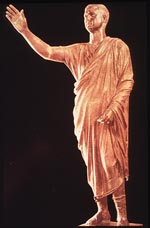
|
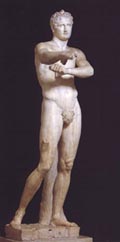
|
| Arringatore (Orator), Aulus Metellus, 1st c. B.C. | Lysippos, Apoxyomenos, c, 330 B.C. |
Compare and contrast the treatments of these figures. Define specifically elements in the Arringatore that you would consider to be characteristically Roman, and define elements in the Apoxyomenos that you would consider to be characteristically Greek.
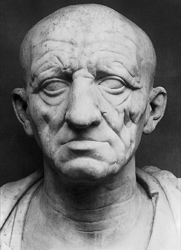
|
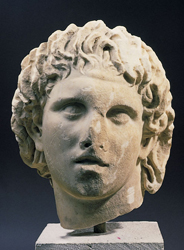
|
| Head of a Roman, c. 80 B.C. |
Discuss the different attitudes towards portraiture exemplified by this comparison. Define why each is appropriate to the civilization which produced it.
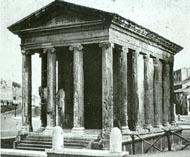
|
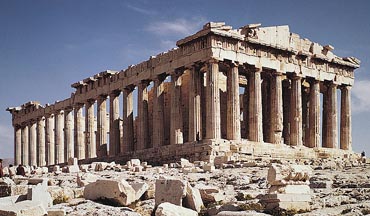
|
| Temple of Fortuna Virilis, late 2nd c. B.C. | Parthenon, 447-432 B.C., Athens. |
Define elements derived from Greek architecture in the Temple of Fortuna and elements that are characteristically Roman. Also discuss the different attitudes towards space demonstrated by this comparison.